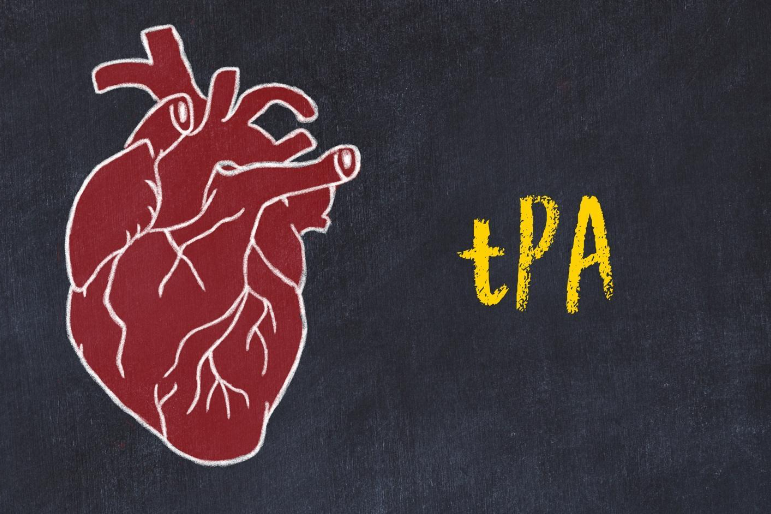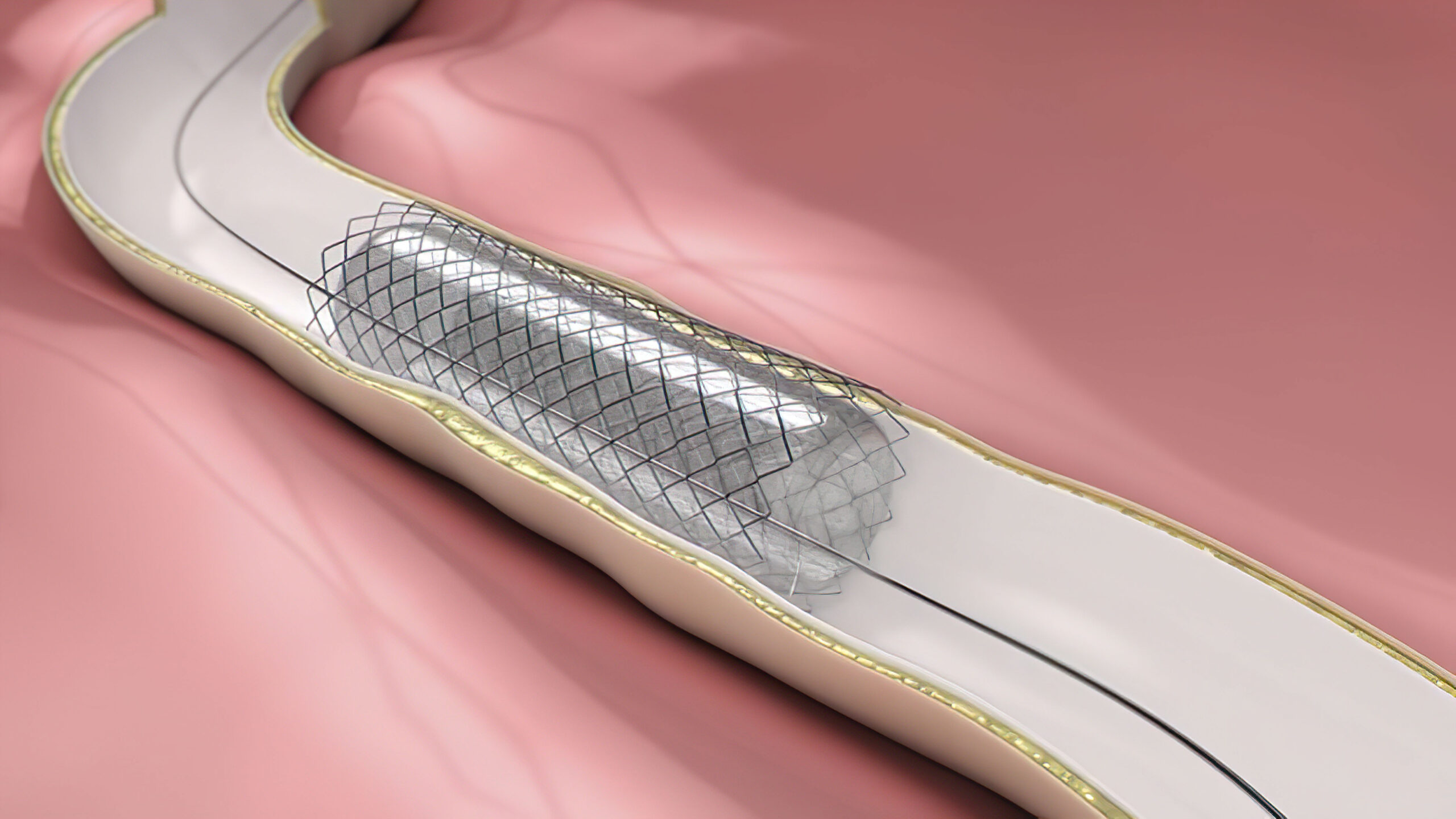Checklist for Fibrinolytic Therapy
Short Description
This algorithm provides an efficient way for the resuscitation team to determine if a patient with ACS is a candidate for the administration of fibrinolytic therapy.
Algorithm at a Glance
- The fibrinolytic checklist is a convenient way for the team leader to quickly recall the indications and contraindications for fibrinolytic therapy.
- For ACS with symptoms that began > 12 hours before presentation to the ED, the clinician considers a PCI transfer.
- For ACS with symptoms that began < 12 hours before presentation to the ED, the clinician considers the administration of fibrinolytics after assessing for contraindications and risk.
Related Whiteboard: Chest Pain Diagnostic Testing
Goals for the Fibrinolytic Checklist
The clinician will:
- Understand the importance of timing in the checklist.
- Understand the use of ECG findings to determine the patient’s appropriateness for fibrinolytic therapy.
- Understand relative and absolute contraindications for the use of fibrinolytics.
Related Whiteboard: Chest Pain Fibrinolytics Checklist
Fibrinolytic Therapy Checklist
Related Video: Understanding the Checklist for Fibrinolytic Therapy
Box 1: Timing of Symptoms
If the patient’s ACS symptom duration is > 12 hours, they are outside the window for fibrinolytic therapy, and the clinician considers a transfer for PCI. If the symptoms began < 12 hours before presentation, the team proceeds to Box 2.

Tissue plasminogen activator (tPA) is a type of fibrinolytic that breaks up blood clots.
Box 2: ECG Findings
The team leader evaluates the patient’s ECG and makes a diagnosis.
If the 12-lead ECG shows a STEMI or new left bundle branch block (LBBB), the team proceeds to Box 3. If STEMI or LBBB is not apparent, the checklist is discontinued.

A 12-lead ECG evaluates the heart’s electrical activity.
Box 3: Contraindications to Fibrinolytic Therapy
The clinician answers each question to ascertain whether fibrinolytic therapy may be contraindicated. If the answer to any of the questions is yes, the clinician must use their best clinical judgment to determine if the team should proceed to treatment.
If the benefits of fibrinolytics outweigh the risks, the team proceeds to Box 4.
Box 4: Is the Patient at High Risk?
The team determines the answers to the following questions:
- Is the heart rate > 100 bpm and SBP < 100 mm Hg?
- Does the patient have symptoms of pulmonary edema?
- Does the patient have signs or symptoms of shock?
- Are there other contraindications to fibrinolytic therapy?
If the answer to any of these questions is yes, the team proceeds to Box 5. Otherwise, they proceed with the administration of fibrinolytics.
Box 5: Considering Transfer to a Cardiac Catheterization Lab for PCI Therapy
If the patient is NOT a candidate for fibrinolytic therapy, the clinician considers transferring the patient to the in-house cardiac catheterization lab or to a hospital with those facilities. The team must not delay PCI therapy if it is available.
Reperfusion Therapy with PCI
PCI is the preferred treatment for patients with heart failure or shock as a result of MI and those with contraindications to fibrinolytic therapy.
In PCI, stents are utilized to open and revascularize the occluded blood vessel(s). PCI is the preferred intervention because studies have demonstrated that it offers more significant advantages over fibrinolysis related to mortality, stroke, and reinfarction when the intervention is given 3–12 hours after the patient first experiences symptoms.26
If PCI is determined to be the treatment of choice, the first medical contact-to-balloon time must be within 90 minutes. If the hospital is incapable of providing the procedure, the patient must be transferred to a suitable institution.

A stent placed in patient.
Fibrinolytic Therapy
Fibrinolytic therapy is indicated in patient with ACS who have a significant J-point STEMI or a new LBBB. Alteplase is the recommended drug for fibrinolytic therapy.
Fibrinolytic therapy should be given within 12 hours from the onset of chest discomfort and when PCI is not available within 90 minutes of first EMS contact. If fibrinolysis is determined to be the treatment of choice, the door-to-needle time must be < 30 minutes.
The clinician should consider fibrinolytic therapy for patients with true posterior MI, where ST segment depression in the precordial leads is equivalent to ST segment elevation in the remaining leads. Fibrinolytic therapy is contraindicated if the onset of symptoms is > 12 hours.
Adjunctive Treatments for ACS
Heparin
Unfractionated or low-molecular-weight heparin is used as an adjunct for PCI and fibrinolytic therapy. Specific high-risk situations where heparin may improve the patient’s outcome include LV mural thrombosis, atrial fibrillation (AF), and venous thromboembolism for patients on complete bed rest.
Anticoagulant medications must be used with caution as they are prone to causing intracerebral bleeding and hemorrhage. The use of these adjuncts must be guided by an experienced professional.
IV Nitroglycerin
Intravenous nitroglycerin is indicated in STEMI when the chest discomfort is persistent despite the sublingual or spray administration of nitroglycerin. It is used in patients with pulmonary edema that complicates STEMI or for those with hypertension secondary to complicated STEMI.
The intravenous mode of delivery is preferred as the dosage can be easily controlled and titrated according to symptoms and blood pressure.
Other adjunctive treatments may be used, such as oral beta-blockers, clopidogrel, and glycoprotein llA/lllB inhibitors. Experienced clinicians or cardiac specialists should determine when to use these medication adjuncts.
Related Video: One Quick Question: Why Can’t You Use Nitroglycerin for an Inferior Wall MI?
26 Thrane PG, Kristensen SD, Olesen KKW, et al. 16-year follow-up of the Danish Acute Myocardial Infarction 2 (DANAMI-2) trial: primary percutaneous coronary intervention vs. fibrinolysis in ST-segment elevation myocardial infarction. Eur Heart J. 2020;41(7):847–854.